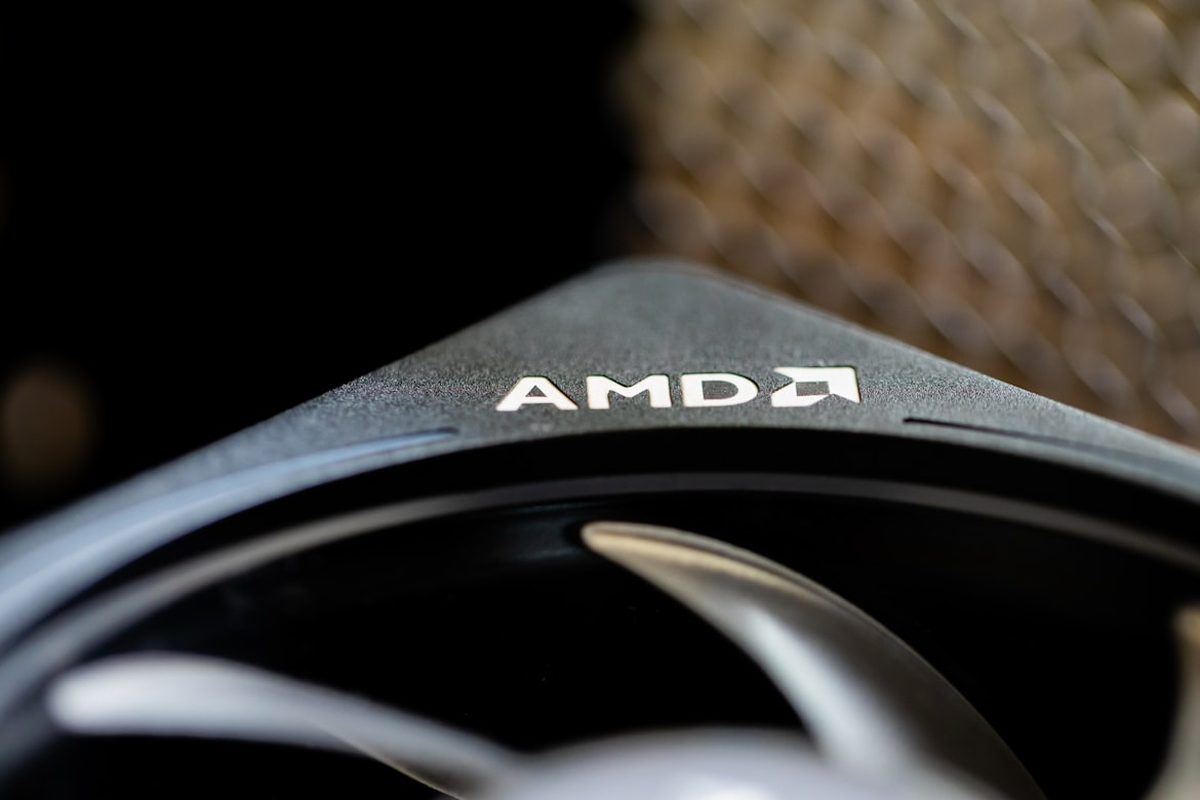FSR4 enabled on RX 6000 cards via leaked AMD files

Following an accidental file leak from AMD, the gaming community has successfully enabled the company’s FidelityFX Super Resolution 4 (FSR4) technology on older, unsupported hardware. The unofficial method allows the AI-powered upscaling to run on RDNA 2 and RDNA 3 graphics cards.
FSR4 is the latest version of AMD’s dynamic upscaling technology, developed exclusively for the new RDNA 4 architecture found in the RX 9000 series GPUs. Unlike previous FSR generations that were widely compatible, FSR4 was designed to be exclusive, leaving out even powerful previous-generation cards like the RX 7900 XTX.
How to enable FSR4 on older AMD cardsThe community-developed method to enable FSR4 on unsupported GPUs requires a specific driver version.
- Users must install the older AMD Radeon driver, version 23.9.1.
- Once the correct driver is installed, the modification is reported to work on both Windows and Linux operating systems.
The performance impact of using this unofficial FSR4 implementation varies depending on the GPU architecture. The lack of specific AI hardware in older cards is the primary reason for performance differences.
RDNA 4 GPUs in the RX 9000 series include Wavefront Matrix Multiple Accumulation (WMMA) accelerators, which are dedicated hardware components for processing AI workloads efficiently. On these cards, the performance cost of enabling FSR4 is minimal.
Older cards must process the AI model without this specialized hardware, which results in a more significant performance decrease.
- RDNA 3 (RX 7000 series): The technology functions well on these cards, with high-end models showing very little negative impact on performance.
- RDNA 2 (RX 6000 series): The results are more mixed. In tests with an RX 6800 XT in the game Stellar Blade, enabling FSR4 caused a performance drop of 10% to 20%. However, the resulting image quality was described as visually superior to other upscaling methods like XeSS. Modders suggest this trade-off is most practical in games that already run at 100 frames per second or higher.
AMD has historically promoted FSR as a more open and widely available technology compared to its competitors. The exclusivity of FSR4 marked a notable shift from this strategy. The success of these community modifications has raised questions about whether AMD will expand official support.
There is some discussion of a future “Redstone” driver update that could potentially broaden FSR4 compatibility to include older hardware.
